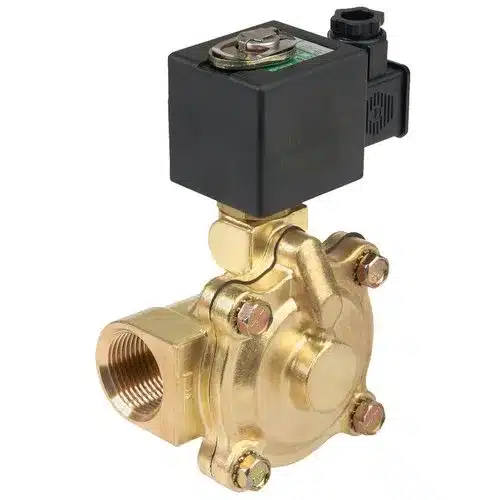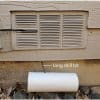Solenoid valves play a critical role in controlling the flow of liquids and gases in a wide range of industrial applications. When selecting a solenoid valve, it is essential to choose the right one for the specific application, as using an inappropriate valve can lead to decreased performance, inefficiency, and even failure of the system. This article explores whether a steam solenoid valve can be used for hot water applications, by comparing their respective constructions, designs, and operational features.
Steam Solenoid Valves
A steam solenoid valve is an electromechanical device designed to control the flow of steam in various applications. When an electrical current flows through the solenoid coil, it generates a magnetic field that actuates the valve and allows the steam to flow. Common applications of steam solenoid valves include steam boilers, heating systems, and various industrial processes that require the controlled delivery of steam.
Steam solenoid valves are typically constructed with materials that can withstand high temperatures and pressures. Common materials include brass, stainless steel, and sometimes, bronze. The valves also feature specialized seals, such as PTFE (Teflon) or graphite, which can withstand the high temperatures associated with steam.
Hot Water Solenoid Valves
Hot water solenoid valves, like their steam counterparts, are electromechanical devices designed to control the flow of hot water in various applications. They operate on the same basic principle: an electric current passing through the solenoid coil generates a magnetic field, which actuates the valve and allows the flow of hot water. Common applications for hot water solenoid valves include domestic water systems, heating systems, and industrial processes requiring controlled delivery of hot water.
Hot water solenoid valves are often constructed with materials suited for handling moderately high temperatures and pressures. Brass and stainless steel are common materials, while seals made of materials like EPDM or FKM (Viton) are used to provide adequate heat resistance.
Comparing Steam and Hot Water Solenoid Valves
While steam and hot water solenoid valves may appear similar, they have distinct differences that can affect their compatibility for different applications.
1. Temperature range and pressure: Steam solenoid valves are designed to handle higher temperatures and pressures than hot water solenoid valves. Steam applications can involve temperatures exceeding 180°C (356°F) and pressures up to several hundred psi, whereas hot water systems typically operate below 100°C (212°F) and lower pressures.
2. Sealing materials: As mentioned earlier, the sealing materials used for steam solenoid valves, such as PTFE or graphite, can withstand higher temperatures compared to those used in hot water valves, like EPDM or FKM.
3. Internal components: Steam solenoid valves may have features such as reinforced valve bodies, larger internal passages, and special valve seat designs to accommodate steam flow characteristics and prevent damage from high-pressure steam. Hot water solenoid valves have compact designs, smaller internal passages, and specific sealing mechanisms optimized for hot water applications.
4. Industry-specific requirements: In some industries, specific standards or regulations might dictate the use of particular solenoid valve types or materials. It is essential to be aware of any such requirements when selecting a solenoid valve for a hot water or steam application.
Considerations for Using Steam Solenoid Valves with Hot Water
A. Assessing compatibility and limitations: While steam solenoid valves are designed to handle higher temperatures and pressures, they may not be the ideal choice for all hot water applications. It is crucial to assess the compatibility and limitations of a steam solenoid valve when considering it for hot water use.
B. Possible risks and consequences: Using a steam solenoid valve in a hot water system without proper evaluation can result in reduced performance, increased wear and tear, and potential damage to the valve or the system.
C. Situations where a steam solenoid valve might be suitable for hot water applications: In some cases, steam solenoid valves may be suitable for hot water use if the pressure and temperature requirements fall within the valve’s specifications. However, it is essential to verify that the valve’s sealing materials and internal components are also compatible with hot water.
D. Factors to consider when making a decision: When determining whether a steam solenoid valve can be used for a hot water application, consider factors like the valve’s temperature and pressure ratings, sealing materials, internal construction, and the specific requirements of the application, including relevant industry standards or guidelines.
Conclusion
Selecting the appropriate solenoid valve for a given application is critical to ensuring optimal performance and reliability. While steam solenoid valves can potentially be used for some hot water applications, it is essential to carefully evaluate their compatibility and limitations before making a decision. This evaluation should take into account factors such as temperature and pressure ratings, sealing materials, internal construction, and any relevant industry standards or guidelines. To ensure the best results, always consult with engineering professionals or manufacturer guidelines when selecting solenoid valves.








